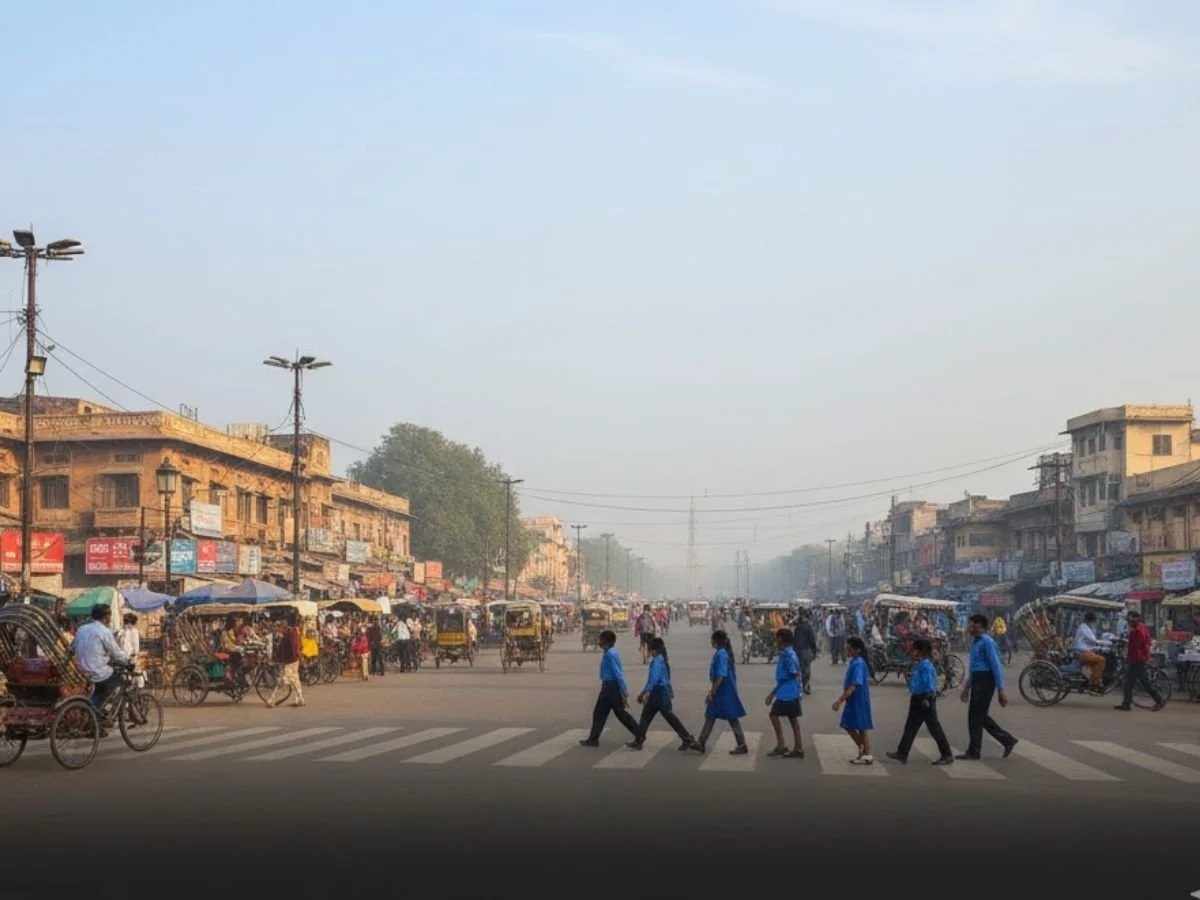From ‘Very Poor’ to ‘Poor’: Delhi’s Air Quality Gets a Break, But It Won’t Last Long
After four relentless days of “very poor” air, a welcome change swept through the Capital on Friday as increased wind speed provided a temporary respite. The city’s 24-hour average air quality index (AQI) improved to 275, officially moving from the “very poor” to the “poor” category, according to the Central Pollution Control Board (CPCB). This respite is expected to be brief, though, since estimates suggest that more dangerous air will return in a few days.
What Drove the Improvement in Delhi’s AQI?
The main reason air quality improved was stronger winds, which helped blow away pollutants. CPCB’s daily bulletin showed steady improvement throughout the day. The AQI, which was 290 at 9 am, gradually fell to 286 by 11 am and further down to 272 by 6 pm. This pushed the 24-hour average down from 305 (“very poor”) the previous day to 275 (“poor”). Despite this city-wide improvement, one location, the Anand Vihar monitoring station, remained an alarming outlier, recording an AQI of 407 (“severe”) at 6 pm.
What is the Air Quality Forecast for the Coming Days?
The optimism from Friday’s cleaner air is heavily tempered by official forecasts. The Air Quality Early Warning System (AQEWS) for Delhi has stated that the AQI is likely to revert to the “very poor” category starting Sunday. An analyst from the think-tank Envirocatalysts, Sunil Dahiya, explained the situation, stating, “The wind speed had picked up on Friday morning, but is expected to drop in the evening hours. So, the pollution level might oscillate between poor and very poor for the next few days.” This indicates that the reprieve was a temporary break in a longer period of poor air.
Could Upcoming Weather Patterns Help?
All eyes are now on a developing western disturbance, a weather system that is expected to influence the region from Monday. The India Meteorological Department (IMD) has forecast the possibility of “very light rain or drizzle” over Delhi. Rain could help wash away pollutants and further improve air quality. But Dahiya cautioned that if it doesn’t rain, the western disturbance may instead bring dust-laden winds, which could raise pollution levels. In the coming days, air quality will depend on whether rainfall occurs or dust prevails.

